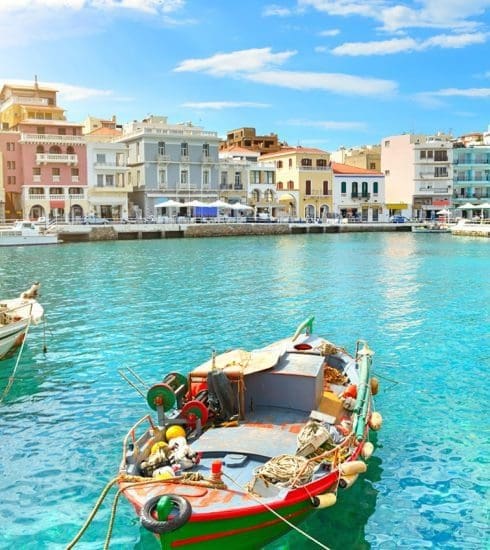Discovering the Mystical Marvel: Machu Picchu
Nestled amidst the rugged peaks of the Andes Mountains, shrouded in mist and mystery, lies one of the world’s most iconic archaeological sites: Machu Picchu. This ancient Incan citadel, perched on a mountain ridge nearly 8,000 feet above sea level, is a testament to the ingenuity and resilience of the Inca civilization. As you embark on a journey to this remote wonder, prepare to be captivated by its breathtaking beauty and enigmatic aura.

A Sacred Citadel
Machu Picchu, meaning “Old Mountain” in Quechua, is believed to have been constructed in the 15th century by the Inca emperor Pachacuti. Hidden from the outside world for centuries, it was abandoned during the Spanish conquest and only rediscovered by American explorer Hiram Bingham in 1911. Since then, it has captured the imagination of travelers and archaeologists alike, drawing visitors from across the globe to unravel its secrets.
The Journey Begins
Your adventure to Machu Picchu typically begins in the nearby town of Aguas Calientes, accessible by train from Cusco or Ollantaytambo. From Aguas Calientes, a winding bus ride takes you up the steep slopes to the entrance of Machu Picchu. Alternatively, for the more adventurous souls, the legendary Inca Trail offers a multi-day trek through breathtaking landscapes, culminating in the awe-inspiring sight of the citadel at sunrise.
Exploring the Enclave
Stepping through the stone gates of Machu Picchu, you are transported back in time to the height of the Inca Empire. The citadel is divided into several precincts, including agricultural terraces, residential areas, and religious sites. Wander through the labyrinthine streets, marveling at the precision-cut stone walls and intricate stonework that have withstood the test of time.
Iconic Landmarks of Machu Picchu
No visit to Machu Picchu is complete without a visit to its most iconic landmarks. The Intihuatana Stone, believed to have served as a sundial or astronomical observatory, offers stunning panoramic views of the surrounding mountains. The Temple of the Sun, with its curved walls and perfectly crafted trapezoidal windows, is a testament to the Inca’s advanced architectural prowess. And of course, the postcard-perfect vista of Huayna Picchu towering above the citadel provides an unforgettable backdrop for your exploration.

Preserving the Past
In recent years, concerns about overtourism and environmental degradation have prompted efforts to preserve Machu Picchu for future generations. Visitor numbers are now limited, and strict regulations are in place to protect the fragile ecosystem surrounding the site. As you journey through this ancient enclave, remember to tread lightly and respect the sanctity of this UNESCO World Heritage site.
A Spiritual Experience
Beyond its archaeological significance, Machu Picchu holds a profound spiritual significance for many visitors. Surrounded by the majestic peaks of the Andes and enveloped in mist, it exudes a sense of tranquility and reverence that is palpable to all who visit. Whether you come seeking adventure, enlightenment, or simply a moment of quiet contemplation, Machu Picchu offers an experience that transcends the bounds of time and space.








